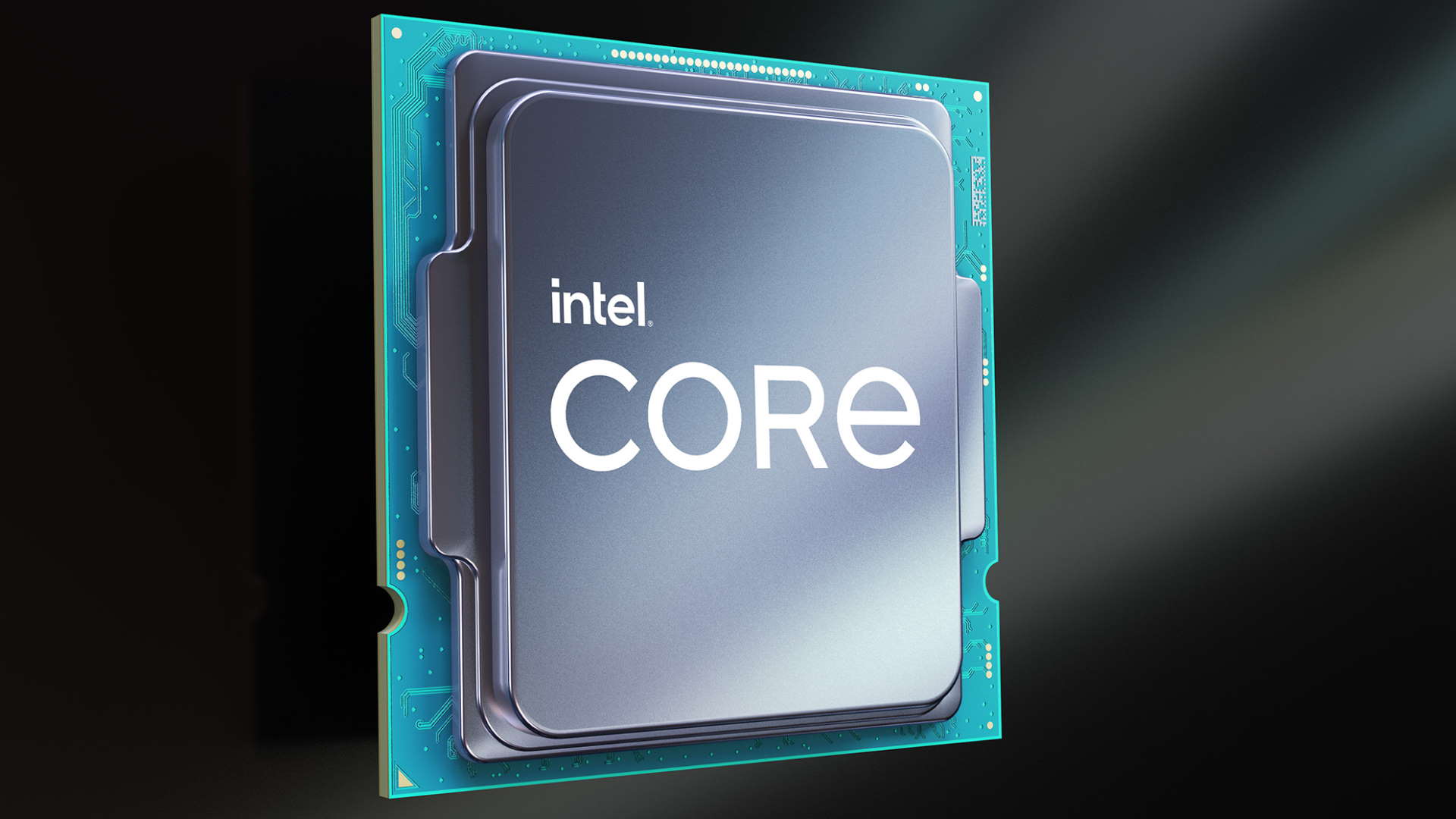Intel's Core i5 13400 is shaping up to be a killer budget gaming chip
E cores come to our favorite budget CPU.

It's an exciting time to be a PC gaming enthusiast. After a quiet first half of 2022, we're getting set for a flood of PC hardware releases, and one of the specific items I have my eye on is Intel's upcoming 13th Gen Core i5 13400. The i5 12400 is already our favourite budget gaming CPU, but the 13400 is looking even better.
Check out our review of the i5 12400. Dave James gave it a stratospheric 95/100, and the only way it could realistically score higher than that was if it cost 50 bucks and came with a free motherboard. It runs cool, sips power, and delivers enough horsepower to keep even high-end graphics cards fed. But one thing it lacked compared to the more expensive 12th Gen CPUs was efficiency cores. This meant that its multi-threading and multi-tasking prowess fell well behind the likes of the more expensive 12600K.
That's all set to change as the 13400 will include four Gracemont E cores meaning the 13400 will get a major multi-threaded performance boost. Though it won't be able to compete with the higher core count CPUs as you'd expect, 16-threads is more than enough for current gaming requirements, and the inclusion of E cores should mean the chip will deliver very low idle and light load power consumption.
According to a list of specs provided by WCCFTech (via sweclockers) the 13400's E cores will be clocked at 3.3GHz. That's quite low compared to the clocks of the higher tier models but if they're just going to be performing background tasks or utilized in idle situations, they won't need to deliver amazing performance.

Best CPU for gaming: The top chips from Intel and AMD
Best gaming motherboard: The right boards
Best graphics card: Your perfect pixel-pusher awaits
Best SSD for gaming: Get into the game ahead of the rest
The 13400's P cores get a 200MHz maximum turbo boost increase, up to 4.6GHz from the 4.4GHz of the 12400. It also gets an L3 cache increase to 20MB compared to the 18MB of the 12400. That's expected due to the inclusion of the E cores. DDR4 and DDR5 memory support remains the same, at 3200MHz and 4800MHz respectively, though you'd expect good quality XMP kits to run faster than that without any issue.
A big question on many enthusiasts' minds is whether it will be able to overclock via BCLK. MSI released its B660M Mortar Max Wi-Fi, which allowed BCLK OC with locked 12th Gen CPUs. I wonder if motherboard manufacturers will be inspired to release budget B760 motherboards to allow it. If that's the case, the 13400 could end up not just an excellent CPU, but a legendary one. Intel may not allow it though. We’ll have to wait and see.
| Row 0 - Cell 0 | Core i5 12400 | Core i5 13400 |
| Cores | 6 | 6+4 |
| Threads | 12 | 16 |
| Performance core base clock | 2.5GHz | 2.5GHz |
| Performance core max turbo clock | 4.4GHz | 4.6GHz |
| Efficiency core max clock | N/A | 3.3GHz |
| TDP (Base) | 65W | 65W |
So, we have a 65W base TDP processor with 16 threads, low cooling requirements. low idle power consumption, and a maximum 4.6GHz boost clock. The 13400 already looks mighty indeed. And it's surely going to be priced attractively if the 12400 is any indicator. The 12400 currently sells for $194 at Newegg, while the 12400F without integrated graphics is even less at $175. If the 13400 and 13400F land around the same prices, Intel will have a very strong budget gaming competitor.
The biggest gaming news, reviews and hardware deals
Keep up to date with the most important stories and the best deals, as picked by the PC Gamer team.
How will it compare to the likes of a Ryzen 5 7600X? Don't forget that this time around, you can drop a 13400 into a 600-series Intel board with your choice of DDR4 or DDR5, whereas you'll need a new motherboard and RAM if you choose to go with AMD.
I can't wait to see the how the looming battle for the budget gaming crown plays out.

Chris' gaming experiences go back to the mid-nineties when he conned his parents into buying an 'educational PC' that was conveniently overpowered to play Doom and Tie Fighter. He developed a love of extreme overclocking that destroyed his savings despite the cheaper hardware on offer via his job at a PC store. To afford more LN2 he began moonlighting as a reviewer for VR-Zone before jumping the fence to work for MSI Australia. Since then, he's gone back to journalism, enthusiastically reviewing the latest and greatest components for PC & Tech Authority, PC Powerplay and currently Australian Personal Computer magazine and PC Gamer. Chris still puts far too many hours into Borderlands 3, always striving to become a more efficient killer.

